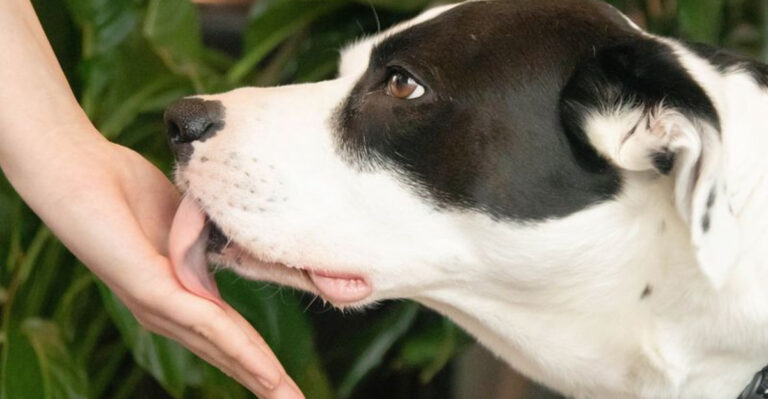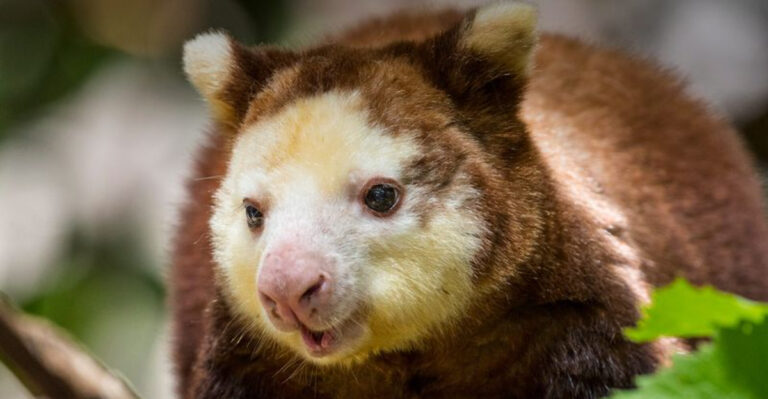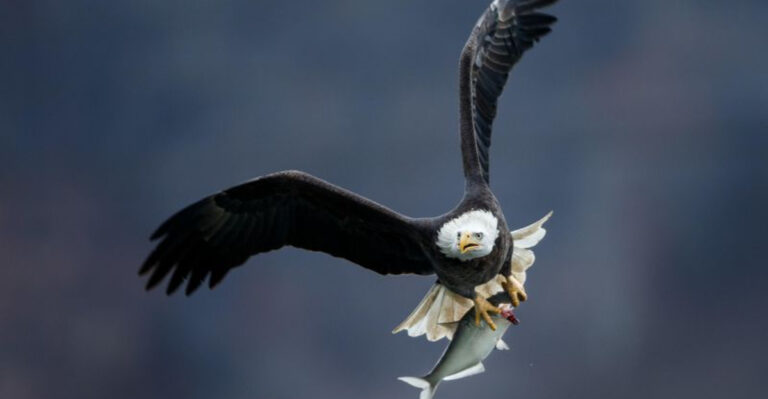Things You’re Doing That Scare Hummingbirds Away
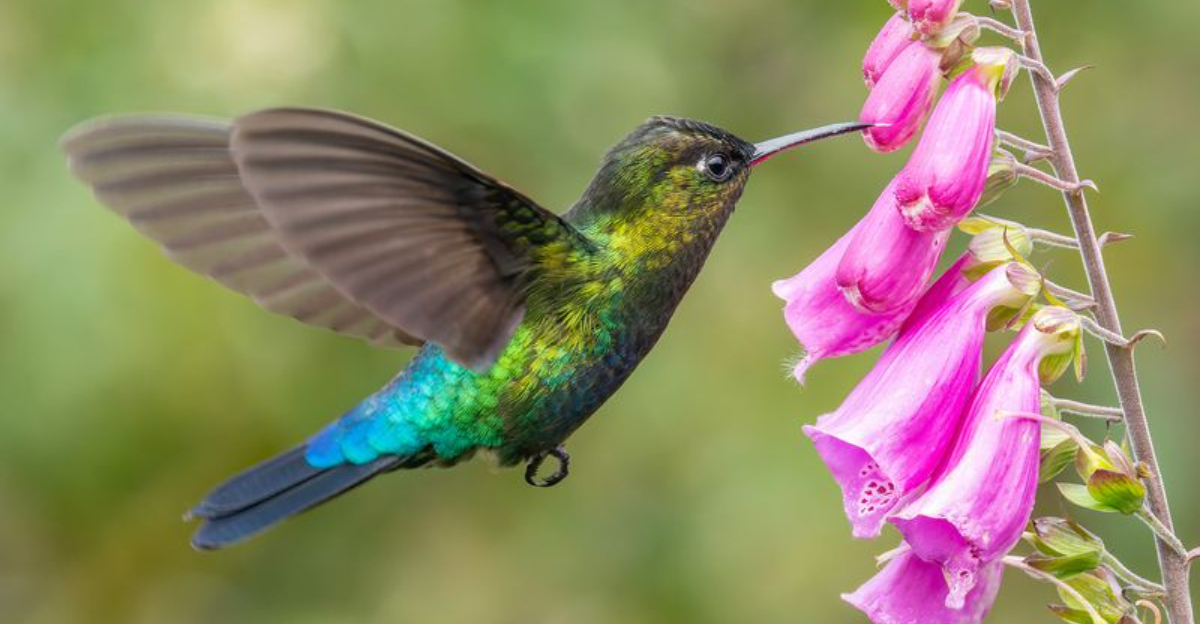
Hummingbirds are tiny, vibrant creatures that bring joy to any garden. Yet, some common practices can unintentionally scare them away.
Let’s explore what might be causing these beautiful birds to flutter off and how to create a welcoming environment for them.
1. Loud Noises
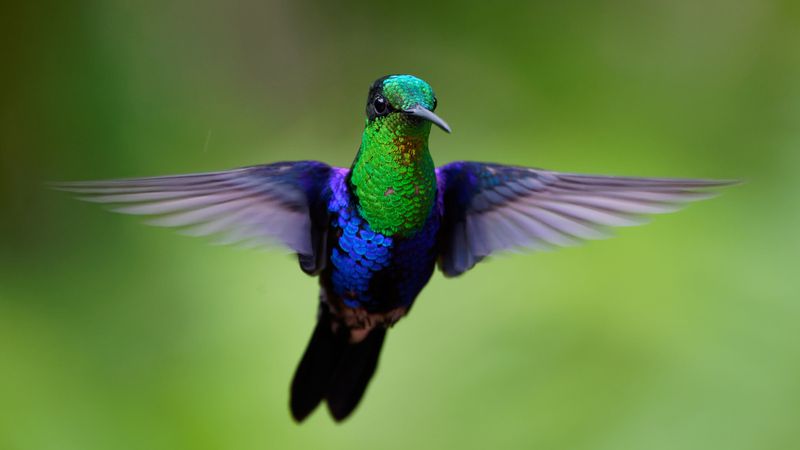
Loud noises are like thunder to hummingbirds. Whether it’s the roar of a lawnmower or the clatter of construction, these sounds can send them fleeting away.
Consider how these tiny birds perceive the world; even a sudden car horn can be alarming.
If you live in a bustling area, try to minimize noise during peak feeding times. Schedule yard work for quieter parts of the day.
Creating a calm, peaceful garden setting helps them feel safe. After all, who wouldn’t prefer tranquility to chaos?
2. Bright Lights At Night
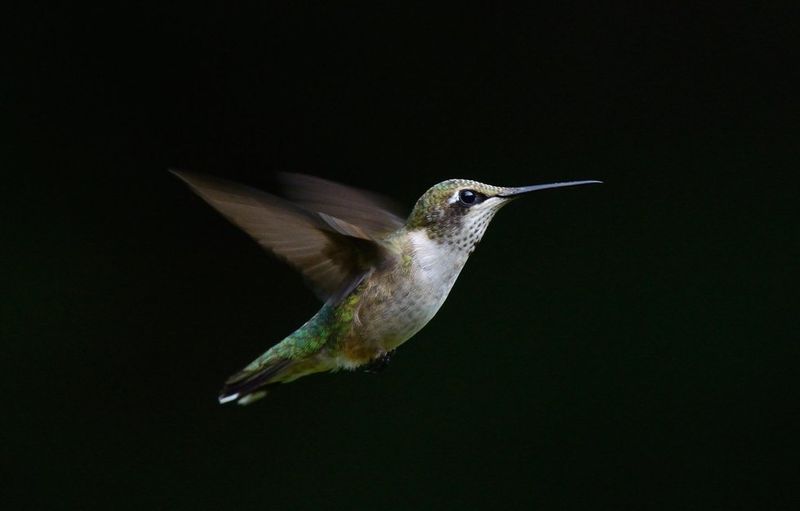
Bright lights might look lovely to us, but they bewilder hummingbirds after sunset. These creatures rely on natural light cycles, so artificial lighting disrupts their routine.
Think about how you can adjust your garden lighting. Opt for softer, ambient lights that enhance beauty without overwhelming.
By reducing brightness at night, you allow hummingbirds to navigate naturally. It’s a simple change that can make them feel more at home.
3. Inappropriate Feeders
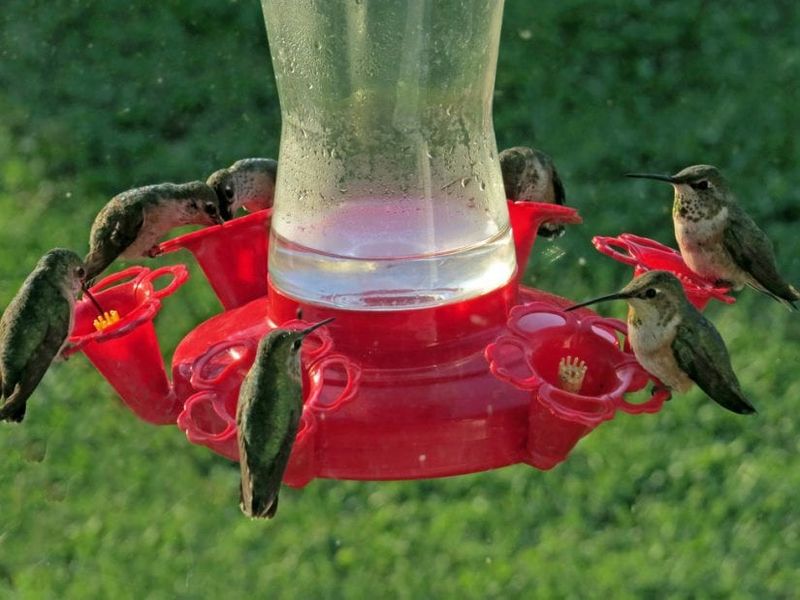
Ever seen a hummingbird hesitate at a feeder? The design, cleanliness, and positioning of feeders matter.
Dirty feeders can harbor mold and bacteria, while poorly designed ones might not dispense nectar efficiently.
Ensure your feeders are clean and properly maintained. Consider the best places to hang hummingbird feeders, too; they should be easy to access and not hidden away.
By choosing the right feeder, you’re inviting these delightful guests with open arms.
4. Predator Presence
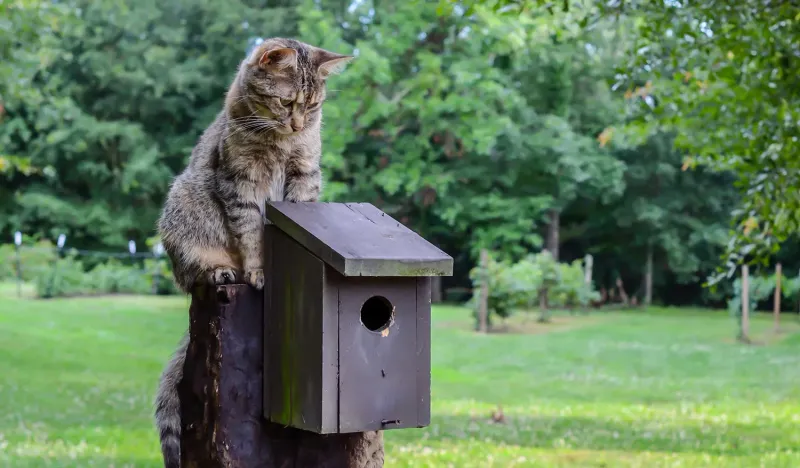
Cats, dogs, and even certain birds can make hummingbirds wary. Their presence signals danger, so a cautious landing is often avoided.
If you have pets or frequent wild visitors, consider how they might affect hummingbird activity.
Position feeders where predators can’t easily reach them. Creating a safe feeding space encourages hummingbirds to visit more often.
5. Strong Winds
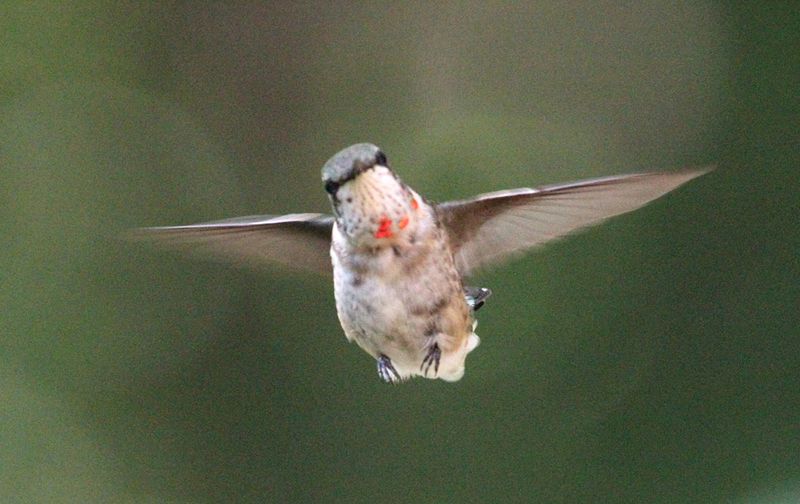
Strong winds can be a hindrance for these delicate flyers. They prefer calm days when flitting from flower to flower is effortless.
If your area is prone to wind, think about how you can provide some shelter. Planting windbreaks or situating feeders in protected spots can help.
A little consideration goes a long way in making hummingbirds feel welcome, even on breezy days.
6. Unfriendly Plants
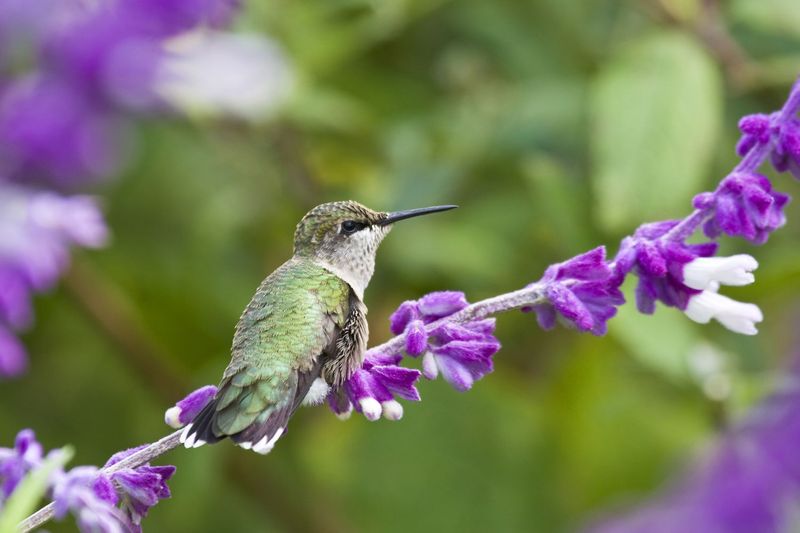
Not all plants are hummingbird-friendly. If your garden lacks nectar-rich flowers, you might see fewer of these visitors. Hummingbirds are drawn to bright, tubular blooms.
Consider adding plants that attract hummingbirds like salvia, bee balm, or fuchsia. These not only beautify your garden but also provide a splendid buffet.
A diverse plant selection ensures hummingbirds come fluttering by your garden often.
7. Reflective Surfaces
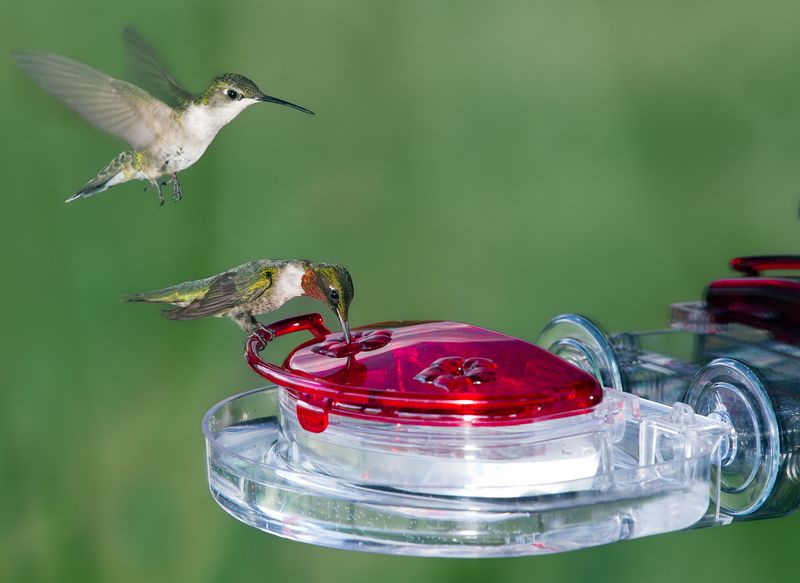
Reflective surfaces can confuse hummingbirds, causing disorientation. They might see reflections of the sky or flowers and fly towards them, leading to collisions.
Consider how windows or glass features in your garden might be affecting these tiny visitors. Applying decals or using screens can help.
By minimizing reflections, you create a safer environment for these delightful creatures.
8. Dirty Water Sources
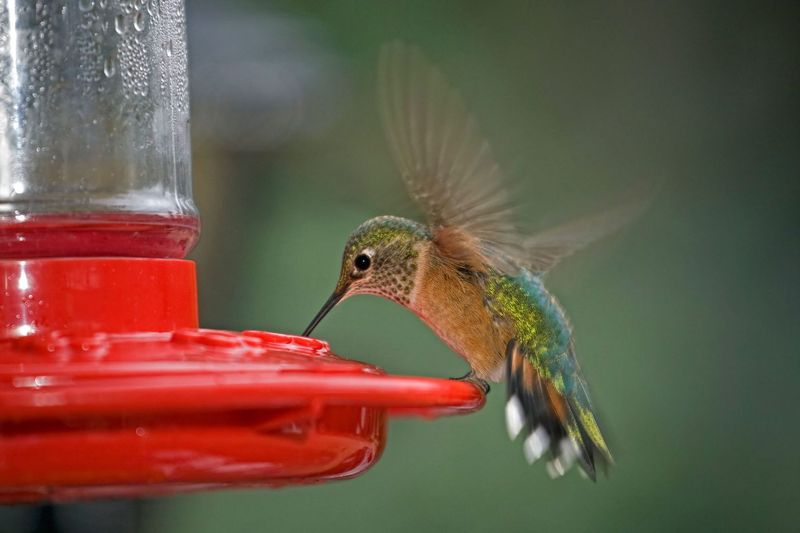
Clean water sources are vital for hummingbirds. Dirty birdbaths or stagnant water can deter them. These birds seek fresh, clean water for drinking and bathing.
Ensure water features are regularly cleaned and refilled. A gentle fountain or dripper can add appeal, providing fresh water continuously.
Offering pristine water makes your garden a refreshing oasis for hummingbirds.
9. Lack Of Perching Spots
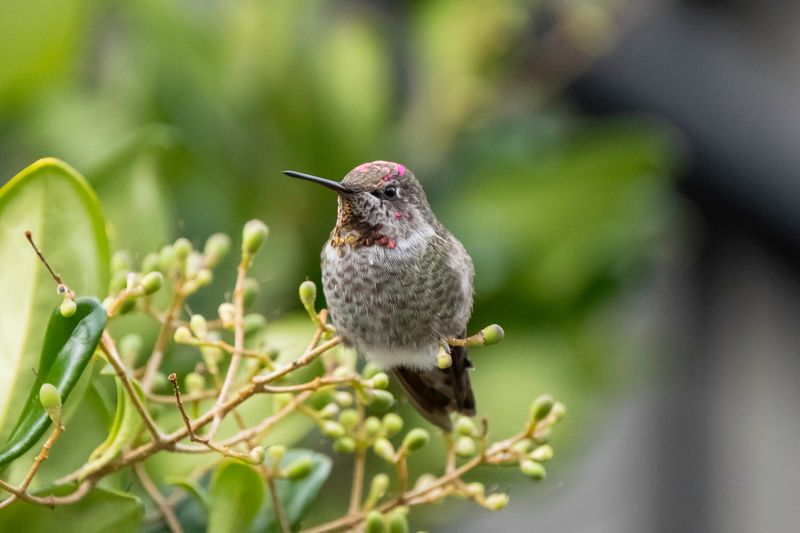
Hummingbirds need places to rest and survey their surroundings. Without perching spots, they might skip your garden.
Trees, shrubs, or even dedicated perches can offer them the comfort they need. Think about incorporating small branches or adding decorative perches.
By providing resting areas, you make your garden more inviting for these vibrant visitors.
10. Incorrect Nectar Recipe

Using the wrong nectar recipe can put off hummingbirds. Some people add dyes or use concentrated mixes that aren’t healthy.
The simplest, most effective nectar is just sugar and water. Stick to a 1:4 ratio of sugar to water, and avoid dyes. Regularly refresh the mixture to keep it appealing.
This small effort ensures that the nectar you offer is both safe and delicious.

